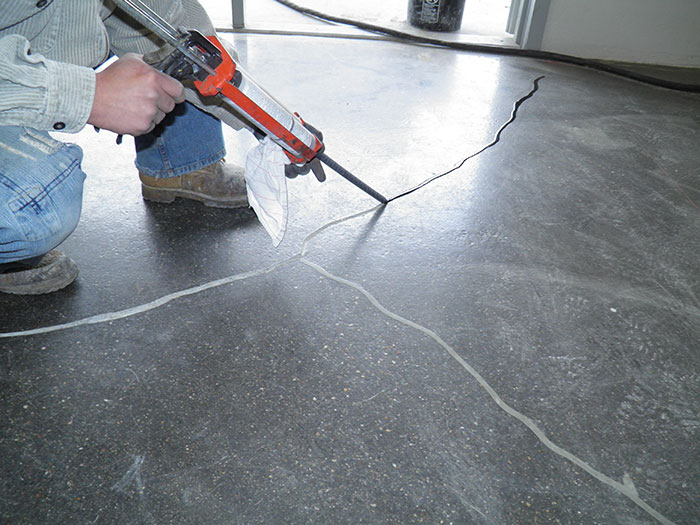How to repair a concrete floor
Before you repair something, you need to know what is causing the problem and understand how it works. Only then can you make a sound decision about what to repair.
Whatever your particular decision, if you keep these lessons in mind, you will be off to a great start. The first step is to determine the cause of the damage, do the necessary preparatory work to remove the impervious concrete or contamination, and then make the necessary repairs to fix the problem. The worst thing you can do is make repairs that won’t last. We are told that over 50% of concrete repairs fail again within two years. This is not the kind of follow-up data that inspires confidence.
Concrete Repair Evaluation
The day-to-day motivation for assessing concrete is more about what is broken and rarely considers the condition of good concrete. So what aspects of damage should be considered? The first is to determine if the damage is structural or superficial. If a large diagonal crack has appeared in the concrete beam, it’s serious and it’s time to call an engineer. Don’t take responsibility for structural work until you know what you are doing. Take note of any structural problems you notice and contact the owner immediately. If a mistake was made and no action was taken, you may be held somewhat responsible for being there.

Two very useful tools to have with you during an investigation are a hammer and a can of spray paint. If you hit the concrete floor patch repair with the hammer, you can see the delaminated area and outline it with paint. The delaminated area will again make a thumping sound rather than the laborious sound of solid concrete. And don’t forget to bring a tape measure to get an idea of the extent of the repair. Prepare plenty of notes, photos or even a video so you can easily document the problem.
If you want more information, you may need to use both destructive and non-destructive methods of analysis. First, the broken concrete should be broken down to determine the depth of the damage. Cores can then be taken for evaluation in a laboratory or by a petrographer (someone who uses a microscope to look at hardened concrete). Non-destructive analysis (NDE) includes radar, infrared thermography, and impact echo, which can reveal much without opening the concrete.